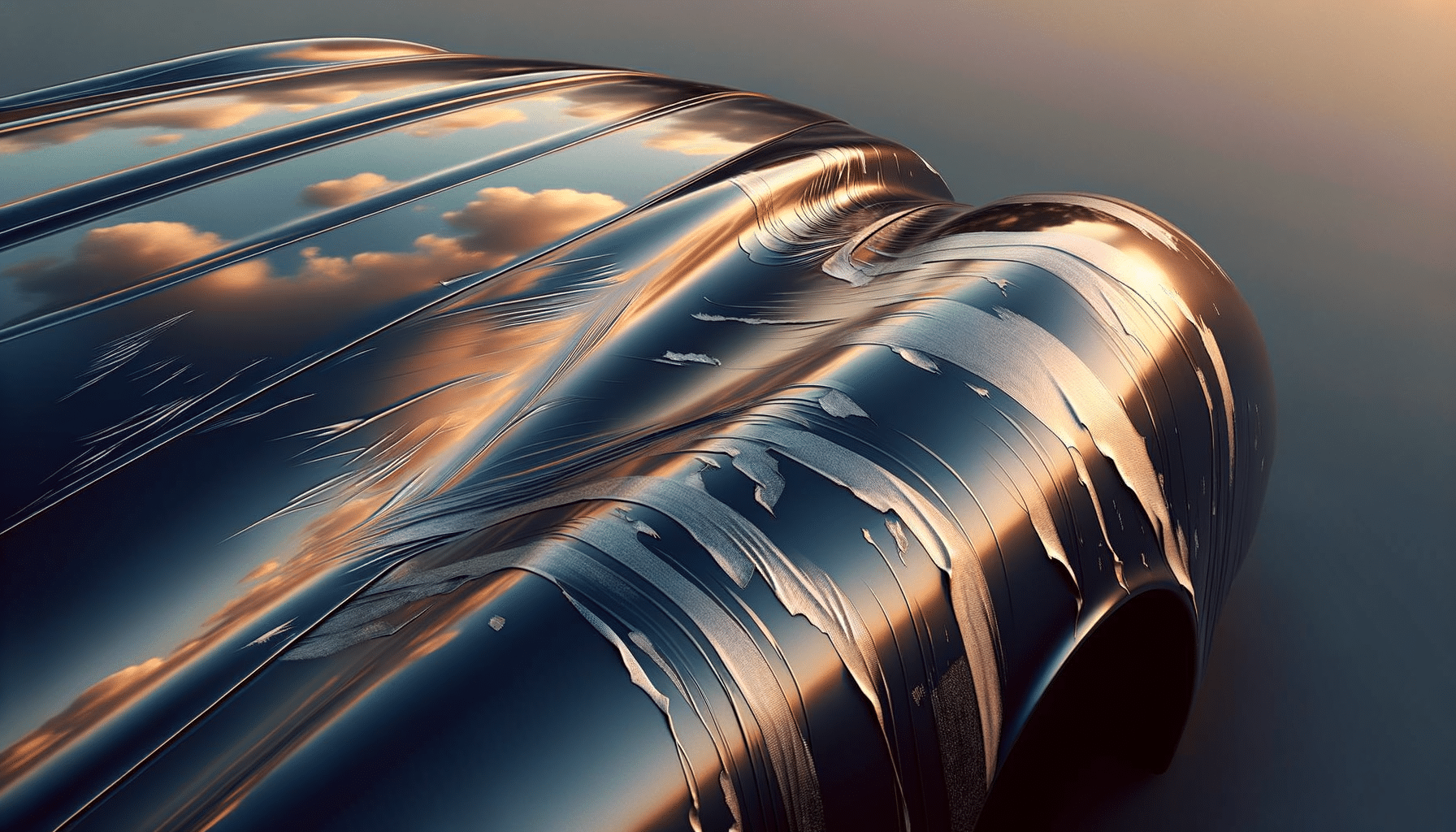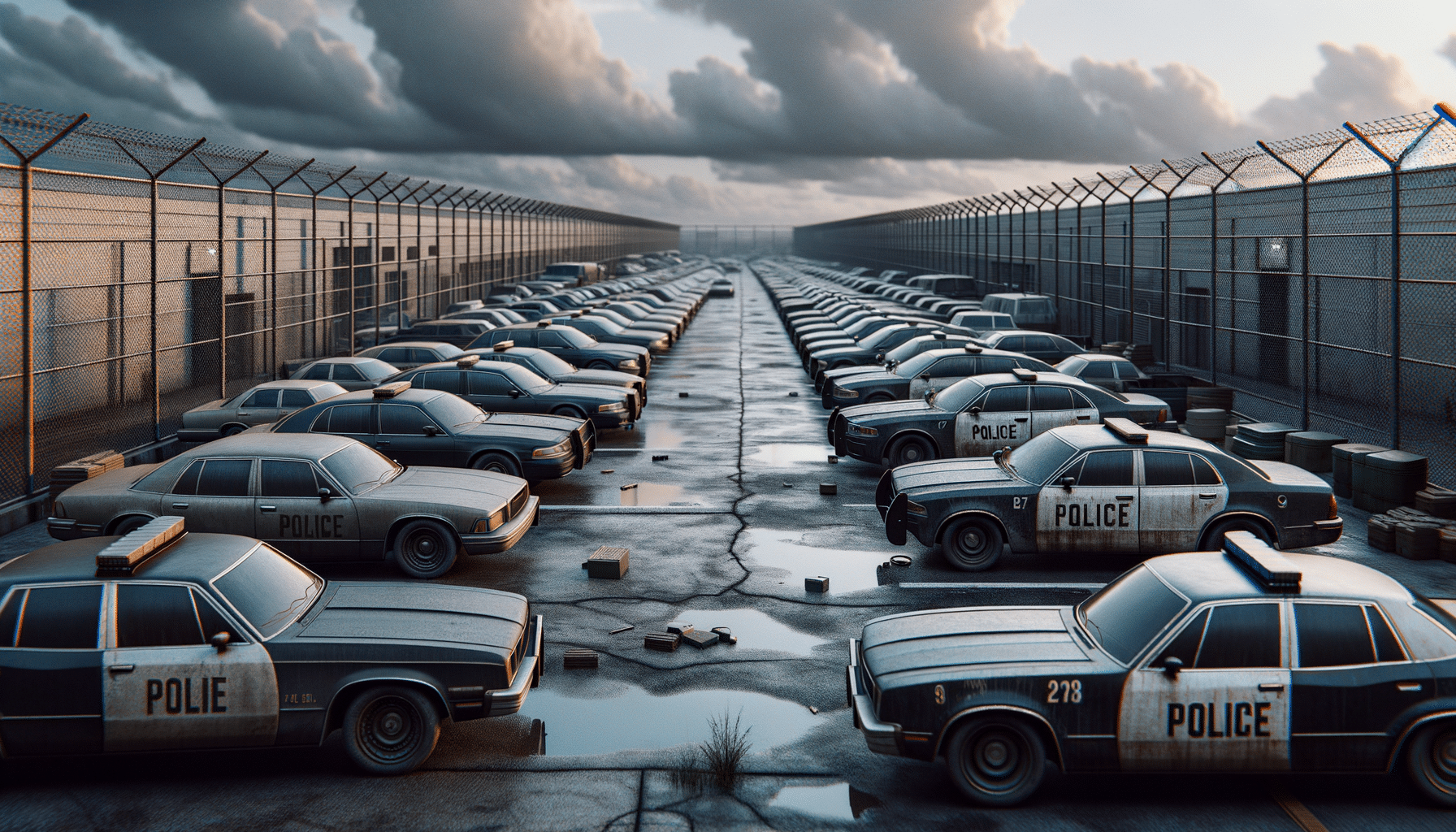
How to Fix Peeling Clear Coat on Your Vehicle: A Comprehensive Guide
Understanding the Clear Coat and Its Importance
The clear coat is the outermost layer of a vehicle’s paint job, serving as a protective shield against various environmental elements. It guards the underlying paint from UV rays, moisture, and minor abrasions, ensuring the vehicle maintains its shine and color for a longer period. Over time, however, clear coat can begin to peel due to factors such as prolonged exposure to sunlight, harsh weather conditions, and improper maintenance. Understanding the role of the clear coat is crucial in appreciating why its maintenance is vital. Without this protective layer, the paint can fade and the bodywork can corrode, leading to more severe issues.
The clear coat is typically made from a type of resin that hardens over the paint. It is both transparent and glossy, contributing significantly to the aesthetic appeal of the vehicle. However, this layer is not invincible. When it starts to degrade, it can lead to peeling, which not only looks unsightly but also exposes the paint to further damage.
In summary, the clear coat is essential for preserving the vehicle’s appearance and integrity. Regular maintenance and addressing any signs of peeling promptly can extend the life of both the clear coat and the paint beneath it.
Common Causes of Clear Coat Peeling
Clear coat peeling can result from various factors, each contributing to the degradation of this protective layer. One of the most common causes is prolonged exposure to the sun’s ultraviolet rays. UV radiation can break down the chemical bonds in the clear coat, causing it to become brittle and eventually peel away from the paint.
Another significant factor is environmental exposure, such as acid rain, pollution, and road salt. These elements can wear down the clear coat over time, especially if the vehicle is not washed and waxed regularly. Additionally, using abrasive cleaning materials or harsh chemical cleaners can scratch or erode the clear coat, accelerating the peeling process.
Poor-quality paint jobs or incorrect application of the clear coat during vehicle manufacturing or repainting can also lead to peeling. If the clear coat is applied too thinly or not allowed to cure properly, it may not adhere correctly to the paint, leading to premature peeling.
Understanding these causes can help vehicle owners take preventative measures to protect their clear coat, such as parking in the shade, using appropriate cleaning products, and maintaining a regular waxing schedule.
Steps to Fix Peeling Clear Coat
Fixing peeling clear coat involves several steps, each crucial to restoring the vehicle’s appearance and protection. Here’s a detailed guide to tackling this issue effectively:
1. Assess the Damage: Before starting the repair, thoroughly inspect the affected areas to understand the extent of the peeling. This assessment will help determine whether a simple touch-up will suffice or if a more extensive repair is necessary.
2. Gather Necessary Materials: To fix the clear coat, you will need sandpaper (various grits), a clear coat spray, rubbing compound, polishing compound, microfiber cloths, and masking tape.
3. Sand the Peeling Area: Start by gently sanding the peeling area with fine-grit sandpaper (around 1500 grit) to remove the damaged clear coat. Be careful not to sand too deeply into the paint layer.
4. Clean the Surface: After sanding, clean the area with a microfiber cloth and a mild cleaner to remove dust and debris. Ensure the surface is completely dry before proceeding.
5. Apply New Clear Coat: Mask off the surrounding areas to avoid overspray. Apply the new clear coat in thin, even layers, allowing each layer to dry before applying the next. Follow the instructions on the clear coat can for best results.
6. Polish the Surface: Once the clear coat has cured completely (typically after 24 hours), use a rubbing compound to smooth out the surface. Follow up with a polishing compound to restore the shine.
By following these steps meticulously, you can effectively repair peeling clear coat and restore your vehicle’s finish.
Preventative Measures to Avoid Future Peeling
Preventing clear coat peeling is more cost-effective and less time-consuming than repairs. By adopting a few proactive measures, you can significantly extend the lifespan of your vehicle’s clear coat.
Regular Washing and Waxing: Keeping your vehicle clean removes harmful contaminants like road salt, bird droppings, and tree sap that can degrade the clear coat. Regular waxing adds an additional layer of protection against environmental damage.
Use Protective Covers: Whenever possible, use a car cover to shield your vehicle from UV rays and other environmental factors. Parking in shaded or covered areas also helps reduce exposure to harmful elements.
Avoid Harsh Chemicals: Use cleaning products specifically designed for automotive use. Harsh chemicals can strip away the clear coat and damage the paint.
Address Chips and Scratches Promptly: Small scratches or chips can expose the paint and lead to more significant damage if not addressed quickly. Use touch-up paint or clear coat to seal these areas.
Implementing these preventative measures can help maintain the clear coat’s integrity and keep your vehicle looking pristine for years.
When to Seek Professional Help
While many vehicle owners can manage minor clear coat repairs themselves, there are situations where professional intervention is advisable. If the peeling is extensive or affects multiple panels, a professional’s expertise can ensure a more comprehensive and durable solution.
Professional auto body shops have access to high-quality materials and equipment that can deliver a more seamless finish. They can also provide a warranty for their work, offering peace of mind that the repair will last.
If you’re unsure about your ability to fix the peeling clear coat, consulting with a professional can prevent further damage and ensure your vehicle retains its value and appearance.
Ultimately, knowing when to seek professional help is crucial in maintaining your vehicle’s aesthetic and structural integrity, especially when dealing with extensive clear coat damage.


